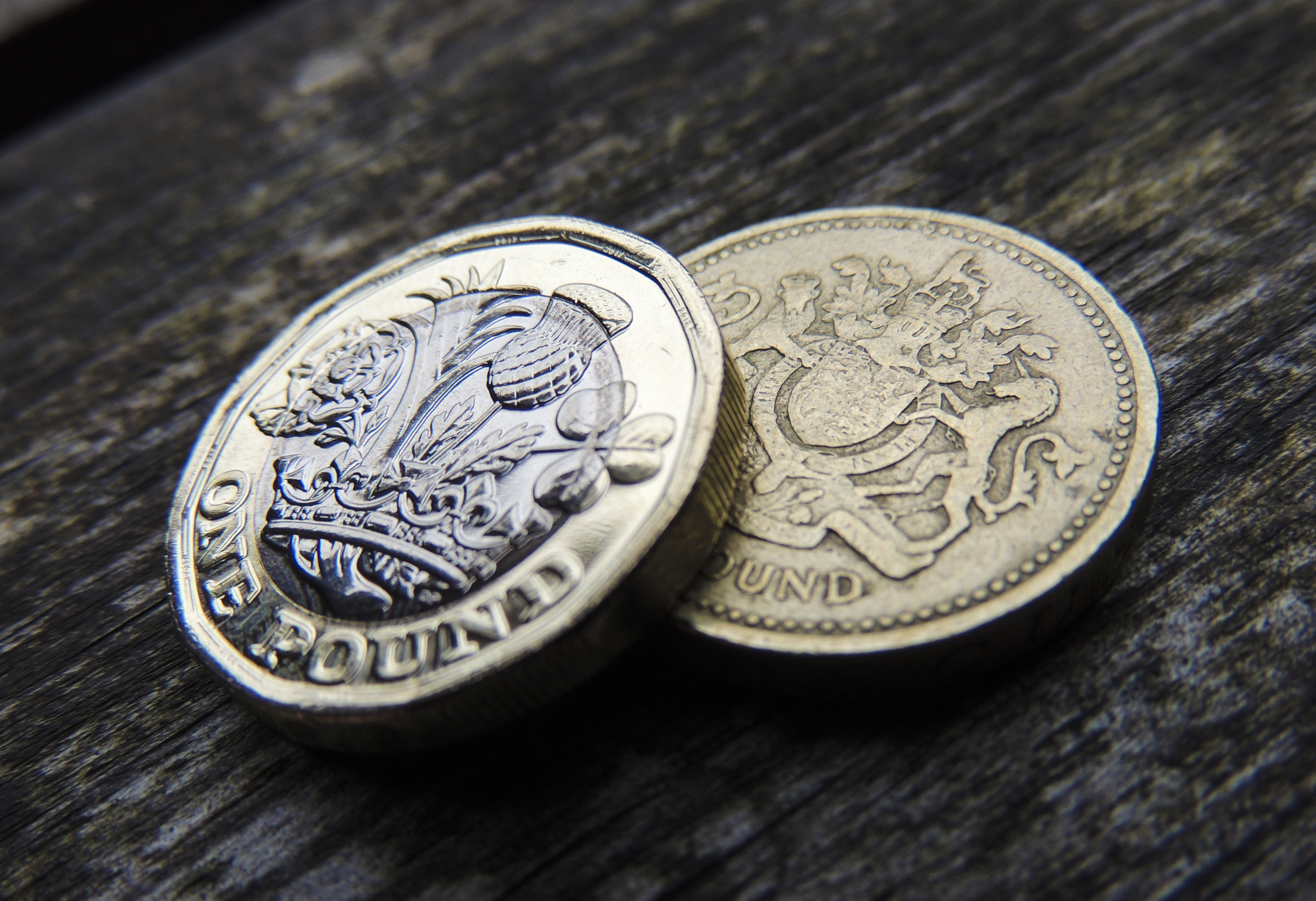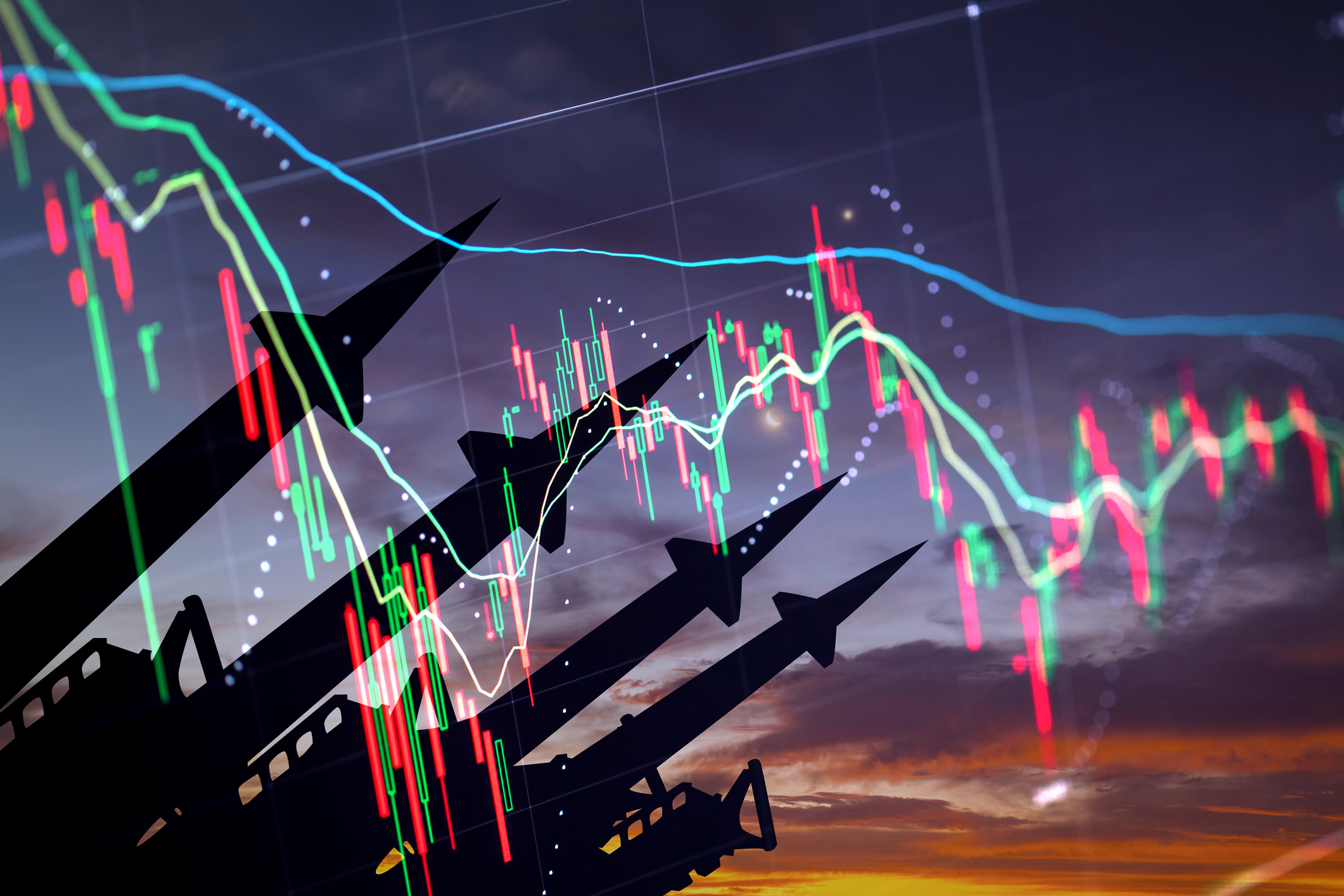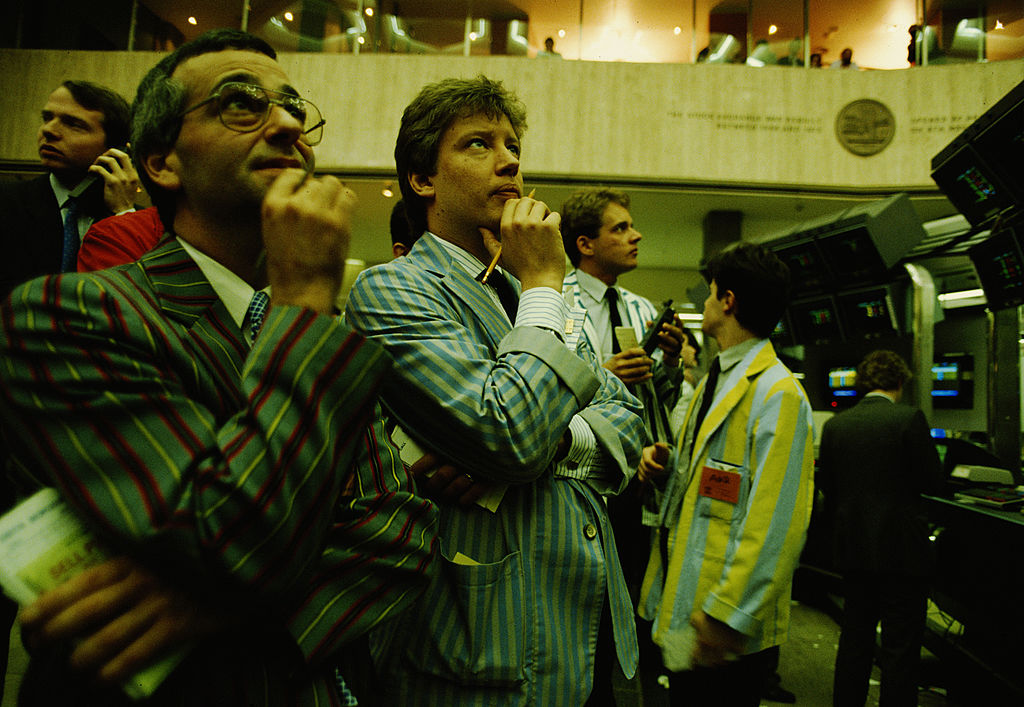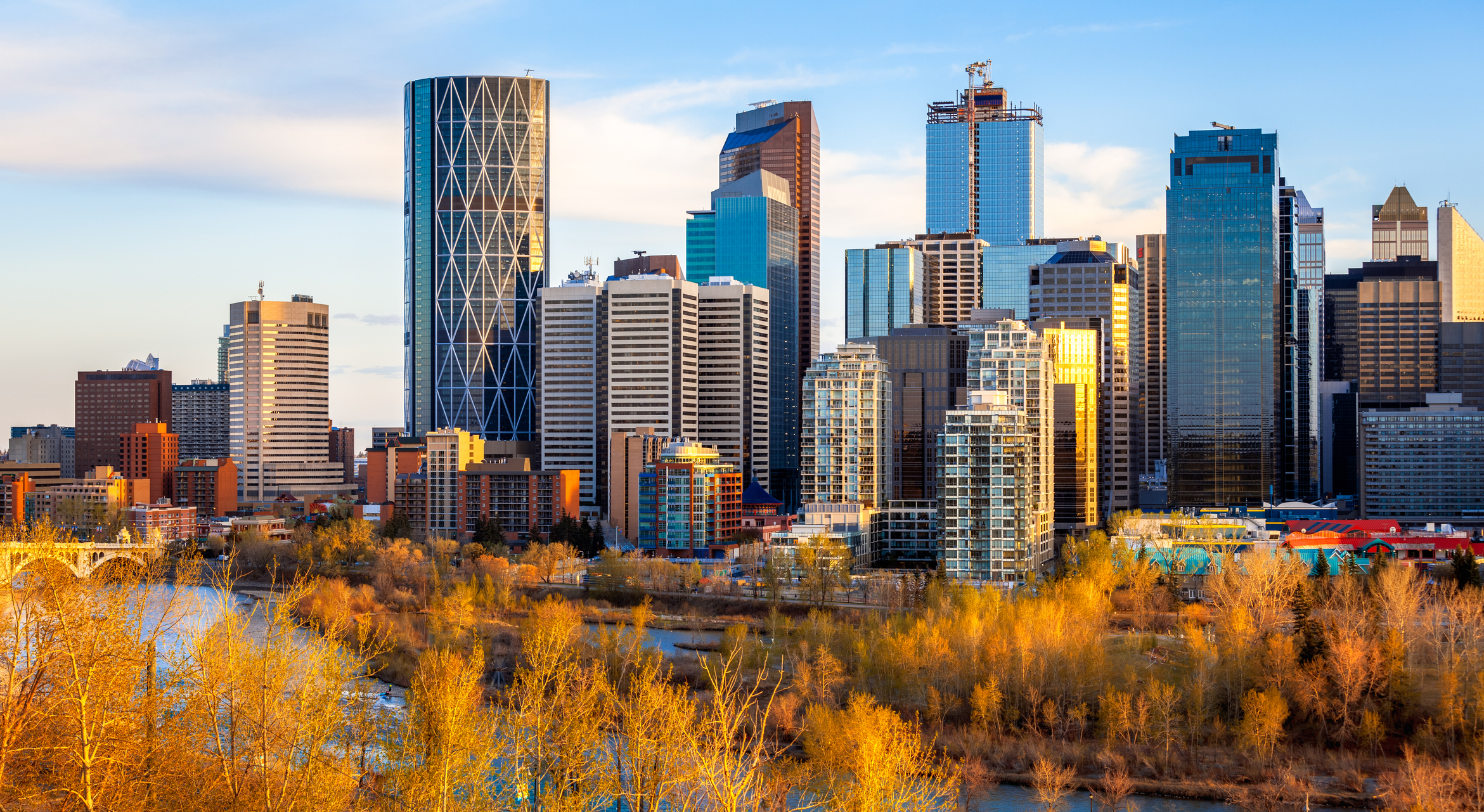Why new technology will pump up inflation
New technology will make it easier to sneak through price rises without anyone really noticing, says Matthew Lynn.


People have been warning about inflation taking off ever since central banks started printing money on a vast scale in the wake of the financial crash of 2008-2009. This year it finally happened. In the UK, prices are already rising by more than 7% a year, the fastest rate in three decades. And that is mild compared with much of the rest of the world. In the US, it has reached 8.5%; in Spain it is above 9%; and in Lithuania an alarming 16%.
There are lots of explanations for that: the pandemic and global lockdowns restricted production and played havoc with supply chains; governments printed money on an unprecedented scale to support their economies; and, on top of all that, the war in Ukraine has sent the price of oil, natural gas and various other commodities spiralling. It is an inflationary mix the likes of which has not been seen since the 1970s.
But there is one other factor as well.
MoneyWeek
Subscribe to MoneyWeek today and get your first six magazine issues absolutely FREE

Sign up to Money Morning
Don't miss the latest investment and personal finances news, market analysis, plus money-saving tips with our free twice-daily newsletter
Don't miss the latest investment and personal finances news, market analysis, plus money-saving tips with our free twice-daily newsletter
The curse of the QR code
For a long time it was assumed that the internet drove prices down. After all, it made every kind of market much more competitive, with new entrants able to offer their products to the whole world with just a website. Search and price-comparison sites made it virtually impossible to over-charge for anything. Companies could use new supply chains and gig workers hired from anywhere to drive down their costs. For much of the 2010s it seemed to be impossible for central banks to get prices moving up again even if they wanted to.
Now that inflation has got started, however, technology might be accelerating it rather than bringing it under control. In restaurants, changing the prices of the dishes used to mean laboriously rewriting all the menus and getting them reprinted; it took time and money. Now you can simply update the QR codes on a digital menu that exists on your customers’ smartphones. It takes a few minutes and costs nothing. The result is that the business can change its prices all the time. Contactless cards, which now account for 54% of all debit card and 69% of all credit card transactions, mean that very often we hardly even look at the prices of things we are buying, especially if it is a relatively small transaction. We just swipe the card and forget about it (at least until the statement arrives). Again, that makes it far easier to raise prices. Instead of resisting the increase, and looking to see if we can find better value elsewhere, we don’t even notice that something costs more than last week.
In a similar way, digital stickers mean goods in shops can change their prices all the time, mostly upwards as it happens. And “dynamic” and “surge” pricing technologies, developed in the airline and taxi industry, now means that companies have the software to adjust prices on a minute-by-minute basis. We already expect the price of an airline ticket to change minute by minute and, certainly, from one day to the next. The price of an Uber ride will vary hour by hour. We have become accustomed to the idea that the cost of things we buy is in a rapid and constant state of flux. Price stability has long since been left behind. All that makes it far easier for businesses to push up prices.
The new normal is constant flux
In the first two decades of the internet, prices were very stable. It didn’t have any impact on inflation because there wasn’t any to worry about. Right now, that has started to change and change dramatically. Prices are already galloping ahead, and it is starting to look as if the internet is accelerating that process. That may very soon start to create a self-sustaining inflationary spiral. Policymakers have only just started to grasp how hard it will be to bring the 6% to 8% inflation we are now witnessing under control. They are assuming that a minor tweak or two on interest rates, a little less printed money, and some pushback from savvy consumers, will stop it in its tracks. The internet may have changed all those equations – and if so inflation will be a lot higher for a lot longer than anyone yet realises.
SEE ALSO:
The inflation scare will fade – here’s why
Get the latest financial news, insights and expert analysis from our award-winning MoneyWeek team, to help you understand what really matters when it comes to your finances.
Matthew Lynn is a columnist for Bloomberg, and writes weekly commentary syndicated in papers such as the Daily Telegraph, Die Welt, the Sydney Morning Herald, the South China Morning Post and the Miami Herald. He is also an associate editor of Spectator Business, and a regular contributor to The Spectator. Before that, he worked for the business section of the Sunday Times for ten years.
He has written books on finance and financial topics, including Bust: Greece, The Euro and The Sovereign Debt Crisis and The Long Depression: The Slump of 2008 to 2031. Matthew is also the author of the Death Force series of military thrillers and the founder of Lume Books, an independent publisher.
-
 ChatGPT turns three: what’s next for the ‘AI era’?
ChatGPT turns three: what’s next for the ‘AI era’?Three years after its launch kickstarted the age of AI, ChatGPT and its maker OpenAI are driving the stock market. But concerns are growing over whether OpenAI will be able to turn its AI dominance into profit.
-
 What to do with old £1 coins
What to do with old £1 coinsThe old one pound coin was demonetised in 2017, but there are still millions out there in the UK. Here’s what to do if you find an old £1.
-
 The global defence boom has moved beyond Europe – here’s how to profit
The global defence boom has moved beyond Europe – here’s how to profitOpinion Tom Bailey, head of research for the Future of Defence Indo-Pac ex-China UCITS ETF, picks three defence stocks where he'd put his money
-
 Profit from a return to the office with Workspace
Profit from a return to the office with WorkspaceWorkspace is an unloved play on the real estate investment trust sector as demand for flexible office space rises
-
 An “existential crisis” for investment trusts? We’ve heard it all before in the 70s
An “existential crisis” for investment trusts? We’ve heard it all before in the 70sOpinion Those fearing for the future of investment trusts should remember what happened 50 years ago, says Max King
-
 No peace dividend in Trump's Ukraine plan
No peace dividend in Trump's Ukraine planOpinion An end to fighting in Ukraine will hurt defence shares in the short term, but the boom is likely to continue given US isolationism, says Matthew Lynn
-
 Will the internet break – and can we protect it?
Will the internet break – and can we protect it?The internet is a delicate global physical and digital network that can easily be paralysed. Why is that, and what can be done to bolster its defences?
-
 Why UK stocks are set to boom
Why UK stocks are set to boomOpinion Despite Labour, there is scope for UK stocks to make more gains in the years ahead, says Max King
-
 Chen Zhi: the kingpin of a global conspiracy
Chen Zhi: the kingpin of a global conspiracyChen Zhi appeared to be a business prodigy investing in everything from real estate to airlines. Prosecutors allege he is the head of something more sinister
-
 Canada will be a winner in this new era of deglobalisation and populism
Canada will be a winner in this new era of deglobalisation and populismGreg Eckel, portfolio manager at Canadian General Investments, selects three Canadian stocks
